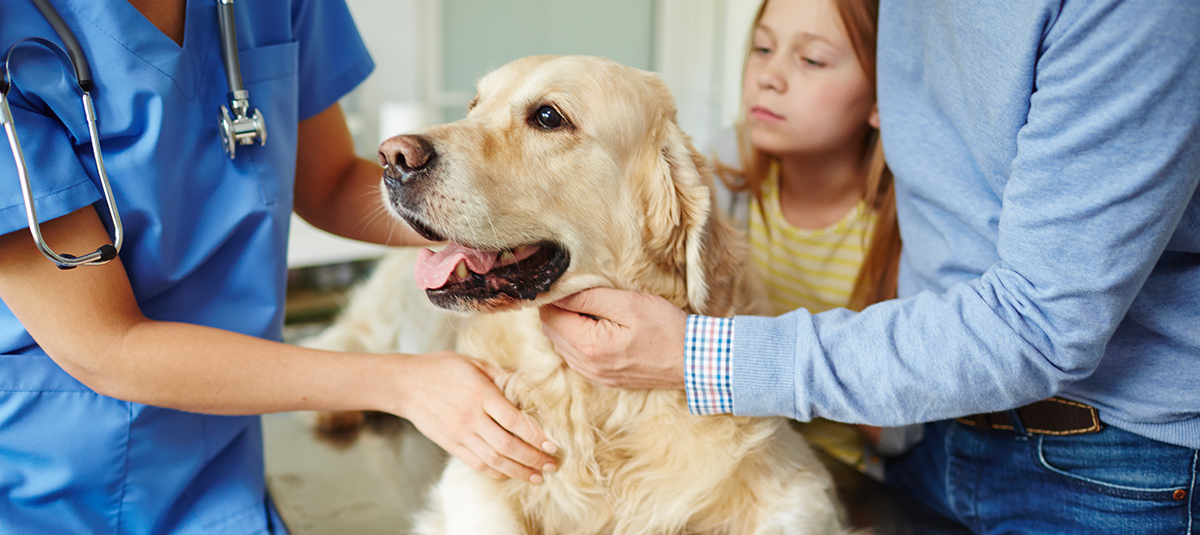What is Hip Dysplasia In Dogs?
Watching your dog struggle to run, play, walk or even move is extremely difficult, but for canines with hip dysplasia this is exactly what’ll happen. The pain associated with the problem can even affect temperament. Research suggests 15% of dogs experience hip dysplasia, so here’s what you need to know about it.
What Is It – Hip Dysplasia in Dogs?
Hip dysplasia occurs when the hip joint (which is a ball and socket joint) is abnormally formed and therefore cannot function smoothly. The hip ball can be misshapen or loose in its socket, causing friction, tears and displacement and making normal hip movement painful or even impossible. Depending on the level of the problem, the hip may try to repair itself by replacing worn cartilage, the body may compensate for the awkward movements by redistributing weight, or your dog may be unable to move pain-free.
Hip dysplasia is a partly genetic disease and certain breeds are more at risk. Larger dogs in particular are more likely to suffer from hip dysplasia, and these include Newfoundland, Labrador Retriever, Rottweiler, Old English Sheepdog, German Shepherd, Golden Retriever, Saint Bernard, Alaskan Malamute and Samoyed. Environmental factors can exacerbate the problem, including rapid weight gain, poor diet or reduced pelvic muscle mass.
Signs and Symptoms
Hip dysplasia looks a lot like arthritis, and exhibits itself in tell-tale weakness and immobility in a dog’s hind quarters. Particular symptoms include:
- Pain to touch hip and pelvis
- Swaying gait
- Weakness in hind legs
- Clicking from the hips
- Atrophy of hind leg muscles
- Bulking up of the shoulders
- Difficulty moving, in particular jumping, climbing stairs or other exertive activities.
Your veterinarian will typically want to perform a physical exam and possibly x-rays to confirm the disease, as some of these symptoms can be caused by generic arthritis as well. If you notice any of the above, take your dog for a check-up to determine what’s causing the issue and how best to treat it.
Treatment
Preventative treatment is not possible for hip dysplasia as it is a mainly genetic disease, but management is possible for those dogs experiencing it. After an official diagnosis of dysplasia is confirmed by your vet, your treatment options will range from dietary changes, to supplements for joint health, to weight control, to anti-inflammatory medications, to specific exercises, to pain medications, to hip replacement in the most extreme of cases.
As a general rule, joint supplements and gentle exercises such as swimming are beneficial for dysplasia, as is avoiding intense activity. Allow your dog the comforts they need, including soft bedding, supportive harnesses, pet steps and ramps, warm ups and cool downs before and after exercise, and the extra time it may take them to move. There is no ‘cure’ for the problem (other than surgery which has its own risks and complications) but most dogs enjoy a reasonable quality of life with dysplasia by adopting appropriate management techniques and attending regular follow-ups with their vet.
